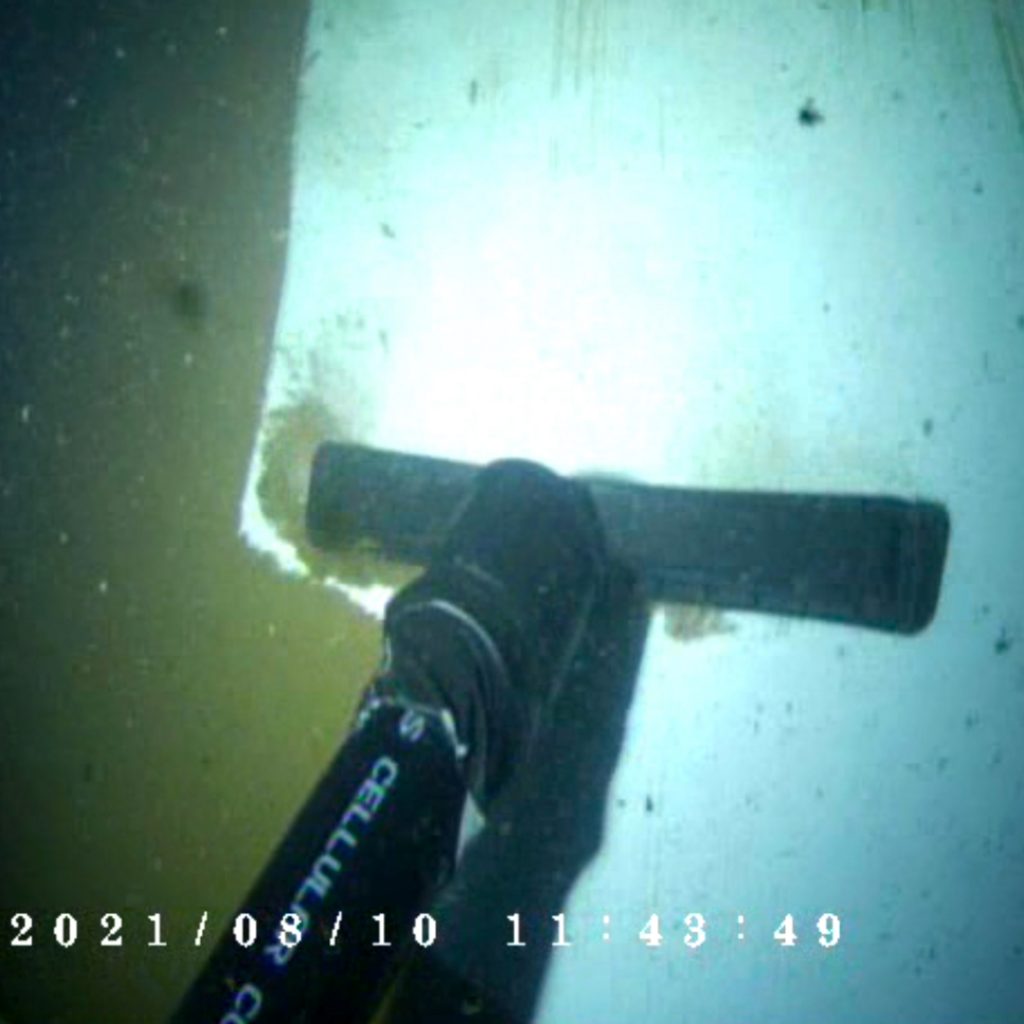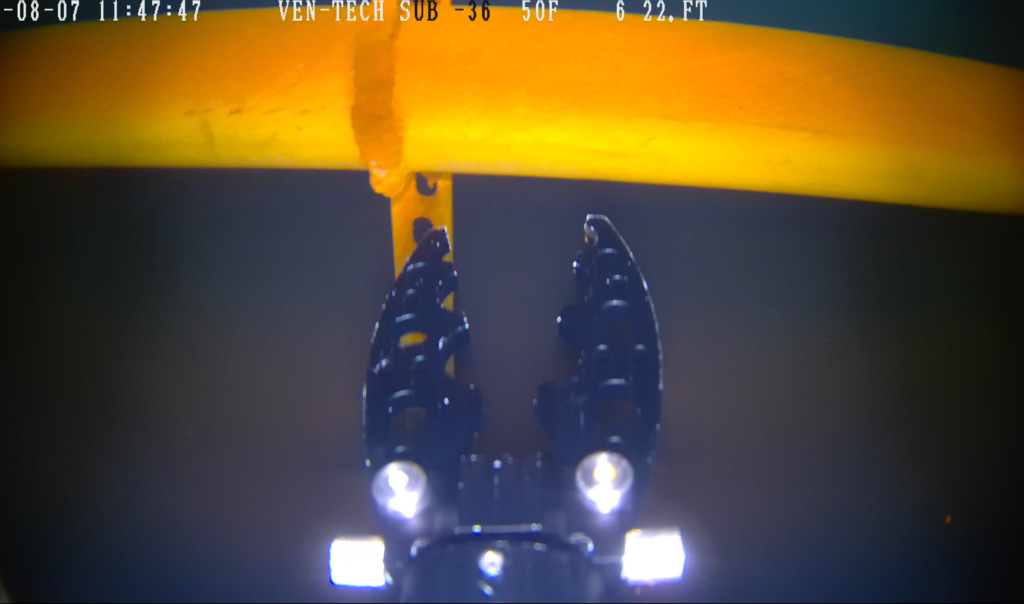Types of Water Storage Tank Inspection
Depending on the situation, budget, or environment, there are a variety of Water Storage Tank Inspection options to choose from. Each type comes with its own pros and cons, and are better suited for different purposes. Here are the eight most common types on the modern day market.
Fiberglass Water Storage Tank Inspection
Fiberglass tanks are becoming increasingly popular in modern settings. Compared to steel and aluminum, fiberglass is not subject to corrosion or rust. Weighing much less than concrete, fiberglass boasts a respectable strength-to-weight ratio. This makes it an excellent cost-effective option for both installation and long term water tank maintenance. Fiberglass tanks are commonly used for a variety of commercial settings, and can easily be coated for potable water storage.
Fiberglass tanks can be installed both above ground and underground. Underground installation allows for a large amount of water storage, without affecting the usability of the ground topside. These tanks can be completely covered, using a manhole style access point for inspections.
Pillow Tanks Water Storage Tank Inspection
Just as the name suggests, pillow tanks resemble that of a standard pillow. These tanks can be constructed of a variety of materials to store potable water, wastewater, stormwater, gray water, etc.. Their flexible design allows the tank to collapse down for simple transport, with smaller models capable of fitting into a backpack. Commonly used for farms, tree nurseries, firefighting, and military bases, pillow tanks can range from 25 gallons up to an impressive 210,000 gallons.
Concrete Water Storage Tank Inspection
Concrete is the heaviest of material options for storage tanks, however, it is also one of the most versatile. Concrete is in large supply all around the globe, making it an affordable and readily available option for most builds. Additionally, since concrete is a poor conductor of heat, it helps regulate water temperatures in hot climates.
Concrete tanks can be molded to countless shapes depending on the project, and typically last up to 50 years with proper maintenance. However, once degradation sets in, concrete is prone to cracking and has a relatively complex repair process. These tanks are popular permanent storage systems for potable water, rainwater, stormwater, or sewage.
Stainless Steel Water Storage Tank Inspection
Stainless steel water tanks are popular for their safety and durability in both commercial and residential storage. Stainless steel can handle a wide range of temperatures, doesn’t rust, and will not degrade in UV light. Typically used for small-mid size projects due to pricing, stainless steel tanks are commonly used for potable water and beverage production.
Bolted Steel Water Storage Tank Inspection
As the largest storage tank options, bolted steel tanks can be built to hold millions of gallons of water. Although steel can be subject to corrosion, there are treatment options available to avoid this and extend lifespan up to 40 years. These massive tanks are capable of safely storing potable water, and are best suited for large-scale permanent storage solutions. These projects can include the storage of city drinking water, fire protection, wastewater storage, or crude oil storage.
Corrugated/Galvanized Steel Water Storage Tank Inspection
Steel tanks were some of the first renditions of modern water storage. Costing considerably less than its stainless counterpart, galvanized steel is a viable option for lower budget or short-term projects. Since steel corrodes and rusts, it’s integral to have an interior poly lining to protect the material. Even with this poly lining, steel tanks can expect a lifespan of 10 – 20 years. Following a dedicated and cautious inspection process helps maintain the integrity of the lining. Any direct water exposure to the steel tank will induce corrosion and rust.
Polyethylene Water Storage Tank Inspection
Plastic tanks are renowned for their affordability and durability. Polyethylene tanks are built without any interior coating or seams, making for easier water tank maintenance over the long term. They are also completely resilient to corrosion or rust. While steel or concrete tank options can be built to much larger specifications, plastic tanks generally max out at 50,000 gallons. However, for larger projects, multiple poly tanks can be coupled together.
WHY CLEAN AND INSPECT WATER TANKS?
Similarly to other assets, being on top of tank inspections will reduce long-term costs by properly prioritizing repair and replacement schedules. If left unattended, many common tank materials are subject to corrosion, cracking, or rusting. Additionally, many tank manufacturers offer warranties on the condition that tanks are inspected regularly.
Beyond the tank itself, potable water tank inspections are crucial for good water maintenance. Over time, sediment can gather and collect along the bottom of tanks. If in small amounts, sediment has no impact on the quality of the water or on the structural integrity of the storage tank.

However, over time as that sediment builds up and mixes into thicker ‘sludge’ material, issues begin to arise. These negative effects can result in health concerns for potable water, or tank material degradation from the concentrated substances. Tank manufacturers generally recommend a minimum of one inspection and subsequent cleaning per annum. This is to ensure long-term integrity, extend the tank life, and avoid costly repairs.
HOW TO PERFORM A TANK INSPECTION?
Traditionally, to inspect a water storage tank without a complete drainage, trained divers would be required. These divers would usually have to be externally hired out, resulting in high hourly costs and coordination complications. If any imperfections are identified, the tank will have to be completely emptied to remove sediment, clean, disinfect, or conduct repairs. After proper time has been allowed for disinfection, the tank can be refilled and measured for contaminants. This process can be costly and time consuming, with considerable downtime depending on the size of the tank.
HOW ROVS CAN IMPROVE Water Storage Tank Inspection

Minimize Time Required
The use of an ROV for tank inspection and cleaning significantly decreases the time needed to complete the work of maintaining water storage tanks. With quick deployment time, a vehicle can be set up in minutes to get eyes underwater immediately. Without the need to schedule and coordinate with divers, work can be done quickly and efficiently.
All of our operators know about tanks and have been working with tanks for many years.” With the ROV, tank experts can get their eyes underwater to conduct specialized inspections and cleaning.
Furthermore, the portability of battery powered crawlers and ROVs allow for vehicles to be conveniently transported to a variety of locations within the same day – without the hassle of an external power source. Jeff Conway from the City of Independence noted, “Having a battery powered camera lets us take these vehicles wherever we need without the need of a generator for power”. These lightweight designs also ensure that an operator can safely and comfortably hoist the ROV to the top of taller water tanks.
Maximize Job Effectiveness
By eliminating the need for divers, the use of submersible robotics allows teams to reduce their tank cleaning and inspection costs. Dive teams do not need to be hired every time a tank needs to be looked at, drastically reducing costs over the long-term. Additionally, the deployment and operation of an ROV or crawler only requires one to two employees. Since ROVs can be operated by internal staff, inspections become much more efficient. The pilots know exactly what to be evaluating and can quickly complete a thorough inspection.
Perhaps the most important benefit, tanks can be kept in service and do not need to be drained in order to conduct an inspection/cleaning. Robert Perrin of Ron Perrin Water Technologies shared the convenience of using the Deep Trekker DT640 for standpipe cleaning.
Increase Employee Safety
The use of a vehicle eliminates the safety risks associated with divers. The use of submersible robotics ensures that human beings aren’t required to enter any confined spaces or potentially risky situations. The battery powered vehicle also limits contamination risk.
Since generators or other external power sources aren’t being used, Deep Trekker’s ROVs are convenient and reduce the risk of spilling fuel or contamination. Finally, ROVs and crawlers are light and portable, with models as light as 19lbs. This makes them safe for solo staff to transport and handle.
Detailed Documentation
Camera equipped vehicles allow teams to provide detailed inspection videos, photos and reports on their work. Teams can provide clients with professional and thorough documentation of their work.
Ease of Sanitation
When inspecting water tanks, towers and other water storage facilities it is important to maintain water cleanliness. One of the primary advantages of using an ROV for inspection purposes is that they don’t introduce contaminants to the water the way a diver might. Prior to entering the tank, Deep Trekker vehicles can be fully sanitized with a chlorine solution with no negative effects on the ROV. Keep water clean and free from contamination.
